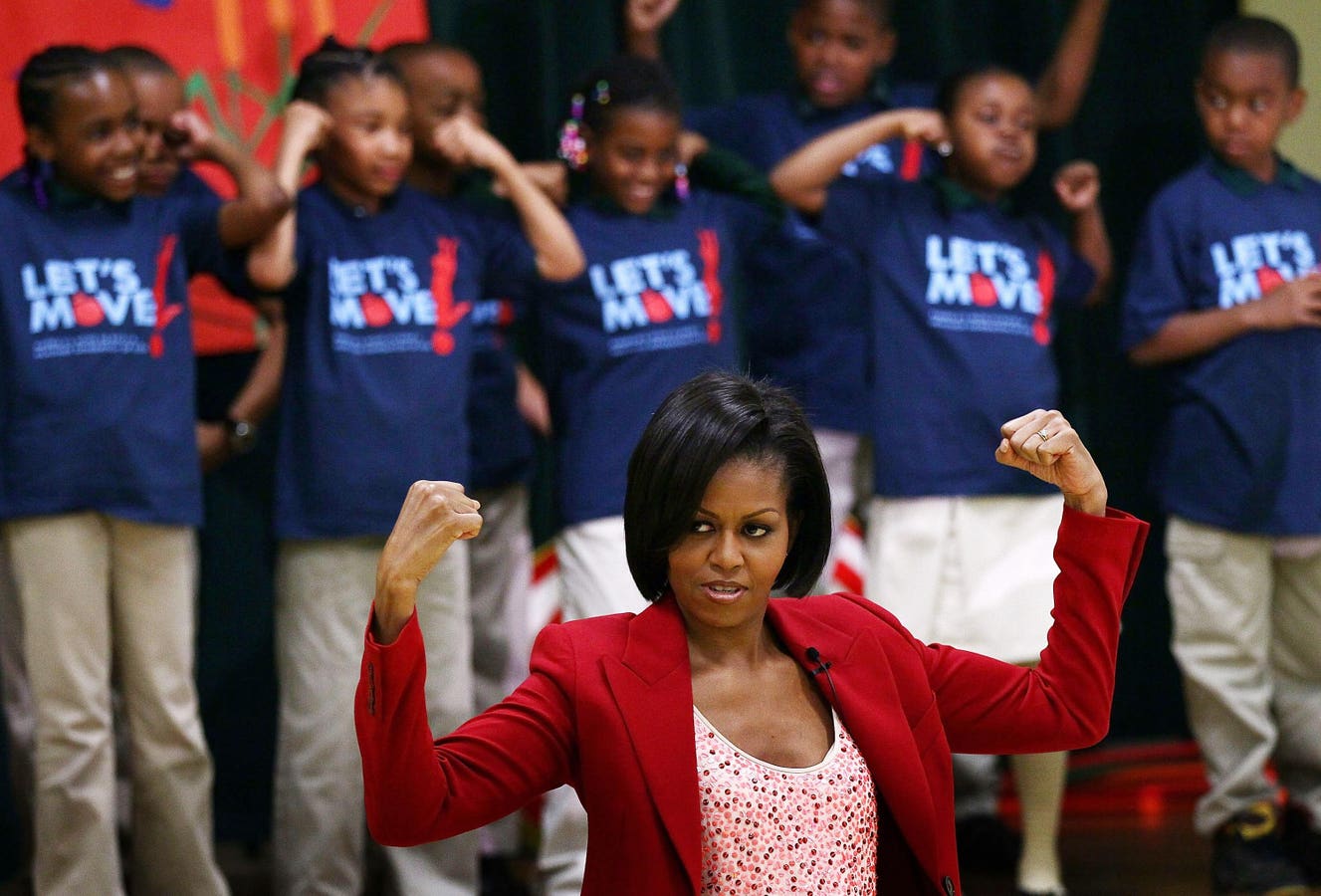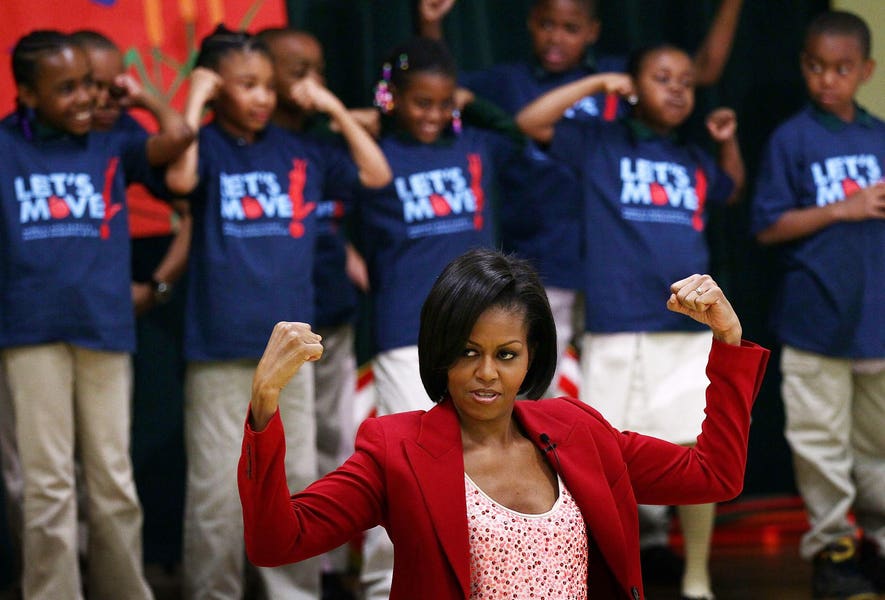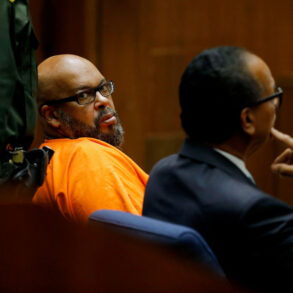
When DJ Kool Herc began MC’ing on August 11, 1973, he unleashed the transformative power of hip-hop culture, which has had an indelible impact on the world. He and artists like The Notorious B.I.G., Tupac Shakur, Snoop Dogg, and Queen Latifah may not have envisioned that hip-hop would eventually be used as a tool to improve the health of underserved communities around the nation. Yet, this is precisely what iconic hip-hop artist Doug E. Fresh and Dr. Olajide Williams, chief of staff and professor of neurology at Columbia University, have achieved through their unique partnership.
The two men met for the first time about twenty years ago and hit it off, partly because of their shared interests in hip-hop and public health. This collaboration eventually led to the creation of the Hip Hop Public Health initiative. HHPH has served as a conduit for hip-hop music to transition from the dance floor to the school floors in underserved classrooms nationwide, impacting what happens on the hospital floors in some of our most vulnerable communities.
The pair started by creating lyrics for rap music that explained the symptoms of stroke. Their first project was launched in 2005 and was presented at schools in Harlem, NY, teaching children how to recognize a stroke. They created a cartoon called “Stroke Ain’t No Joke” with animated characters learning a dance called “The Stroke.”
The music video has a catchy refrain: “If he don’t sound right, then he’s doing the stroke. Sway when he walks, then he’s doing the stroke. Slur when he talks, then he’s doing the stroke.” It then urges the children to “call 911” if they recognize those symptoms in their loved ones.
Measures of Success
I was a neurology resident at Columbia University when this program started. I recall reading a news article indicating an elementary school child who recently attended a workshop run by this program had spotted the symptoms of stroke in his grandmother, which led to the child calling 911 and the grandmother getting emergency stroke care right away.
The success of the program is not just limited to anecdotes. After implementing this program at public schools surrounding Harlem Hospital in New York City, there was a significant increase in the number of people receiving emergency stroke care at Harlem Hospital, with numbers exceeding some of their more affluent neighbors. This tangible impact is a testament to the transformative power of hip-hop culture in public health and its potential for the future.
The program has evolved from focusing on stroke to encompassing many aspects of public health, particularly health issues that disproportionately impact underserved communities, like obesity. This led to a 2013 music video featuring then-U.S. First Lady Michelle Obama as part of her Let’s Move campaign. These and other educational modules have been screened at schools nationwide and have contributed immensely to decreasing the negative impact of stroke and other common conditions in those communities.
INGLEWOOD, CALIFORNIA – NOVEMBER 08: (L-R) D-Nice and Doug E. Fresh perform onstage during A GRAMMY … [+]
Getty Images for The Recording Academy
THE HIP HOP PUBLIC HEALTH MOVEMENT
The beats, the break dancing, and the rapping were key elements celebrated last year as hip-hop commemorated its 50th anniversary. But anyone who understands hip-hop knows it goes far beyond those three elements. Young people are drawn to hip-hop because of its themes that highlight common experiences of historically disadvantaged communities, such as economic hardships, racial discrimination, and limited opportunities.
While the music and the movement sought to empower marginalized youth, the HHPH initiative is a logical extension of hip-hop that empowers those same marginalized communities to take more control of their health. It’s a powerful tool that can collectively move towards “flipping the script” on the many health disparities we continue to see in underserved communities.
Dr. Olajide Williams, professor of neurology at Columbia University (left) is also known as the … [+]
Hip Hop Public Health Inc.
Last month, during stroke awareness month, I met with Doug E. Fresh and Dr. Williams, who is also known as the “Hip Hop Doc. ” The chemistry between the two was evident, and our conversation naturally flowed from discussing how hip-hop had impacted our lives to the importance of ensuring that hip-hop continues to be leveraged to save lives.
I was particularly glad to hear Doug E. Fresh explain that he always had an interest in improving the health of underserved communities, which is why he eagerly embraced the idea of starting this program. The two men may have traveled different paths, but their fortuitous meeting allowed for the convergence of two roads that enabled their rich life experiences to blaze a unique new trail for the future of hip-hop.
“Music has enormous healing power, and it is not being leveraged enough in health care,” said Dr. Williams. “Just like we learn our ABCs through song, we can also use music to learn how to better care for ourselves and our communities.” Indeed, HHPH has utilized music to educate communities about the basics of nutrition and healthy eating as well as ways to improve caloric literacy.
The HHPH movement is growing and may already be in your community through their Health MC program that trains educators and community partners on how to implement these programs locally. “As a stroke program manager at a community hospital serving a diverse community, I’m always looking for effective messaging to get the word out to the community about stroke,” said Sherin Ninan, DNP who manages the stroke program at WMCHealth’s Good Samaritan Hospital in Suffern, NY. “When I learned about Hip Hop Public Health, I knew it would be a great tool to educate my community about stroke.”
HHPH now has additional hip-hop artists, like Salt from “Salt-N-Pepa,” Ashanti, Chuck D, Mobb Deep, Jadakiss, and DMC from Run DMC, on board to help spread what I call “healthful” messages into communities.
As someone who grew up in hip-hop culture and still enjoys the beats, rhymes, and dancing, I am deeply moved to see hip-hop changing and saving lives in this very important way. I eagerly anticipate seeing where hip-hop goes next.
This post was originally published on this site be sure to check out more of their content.







